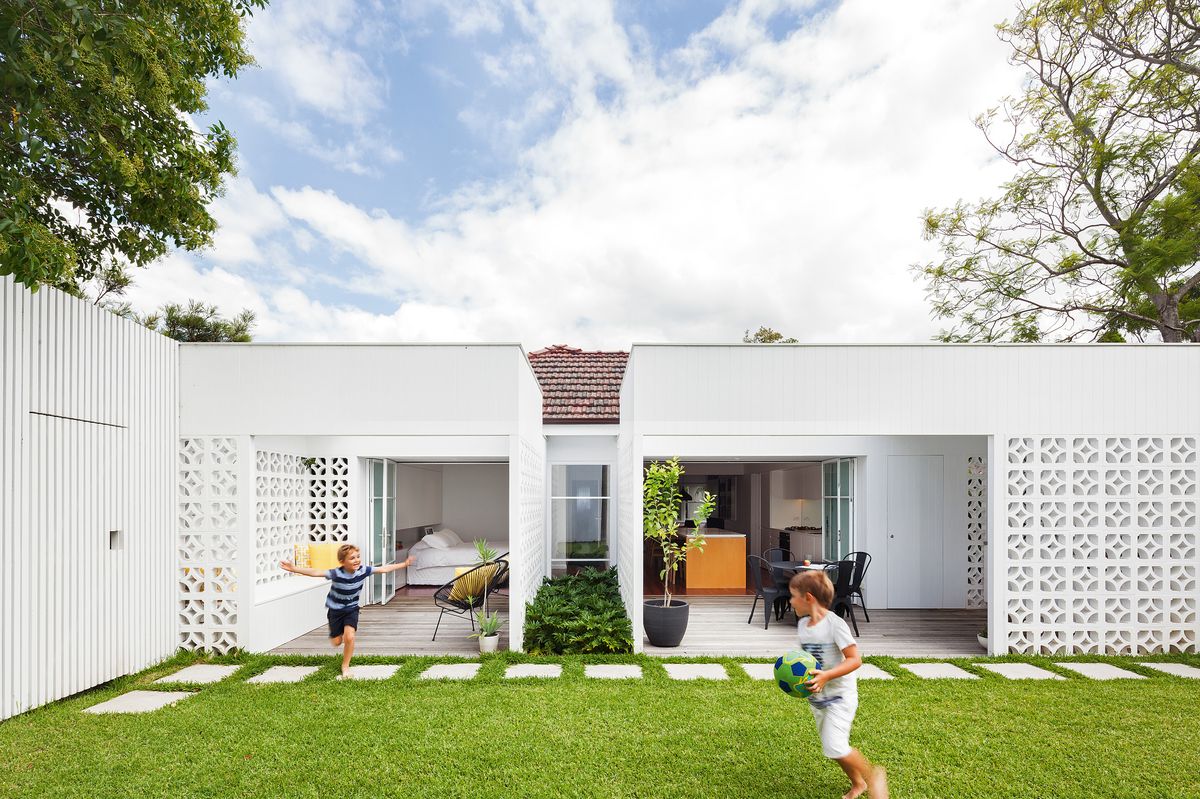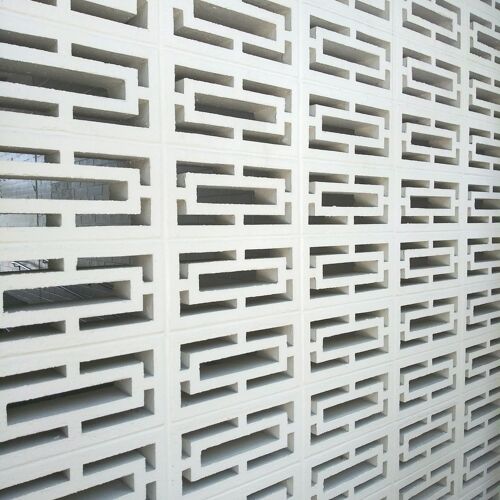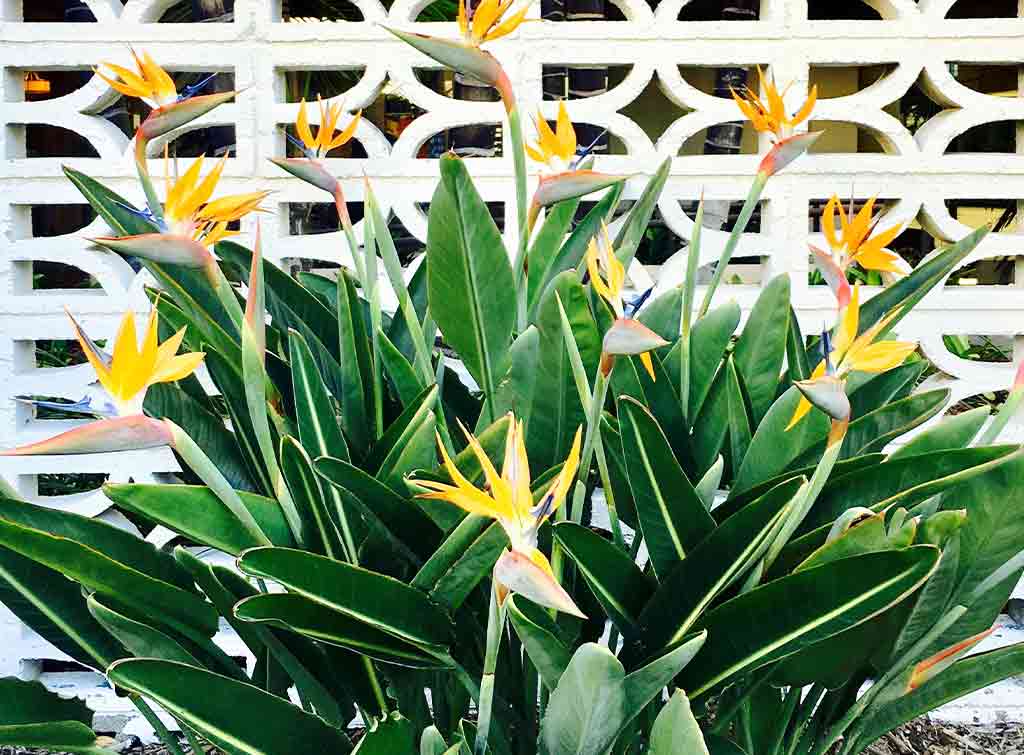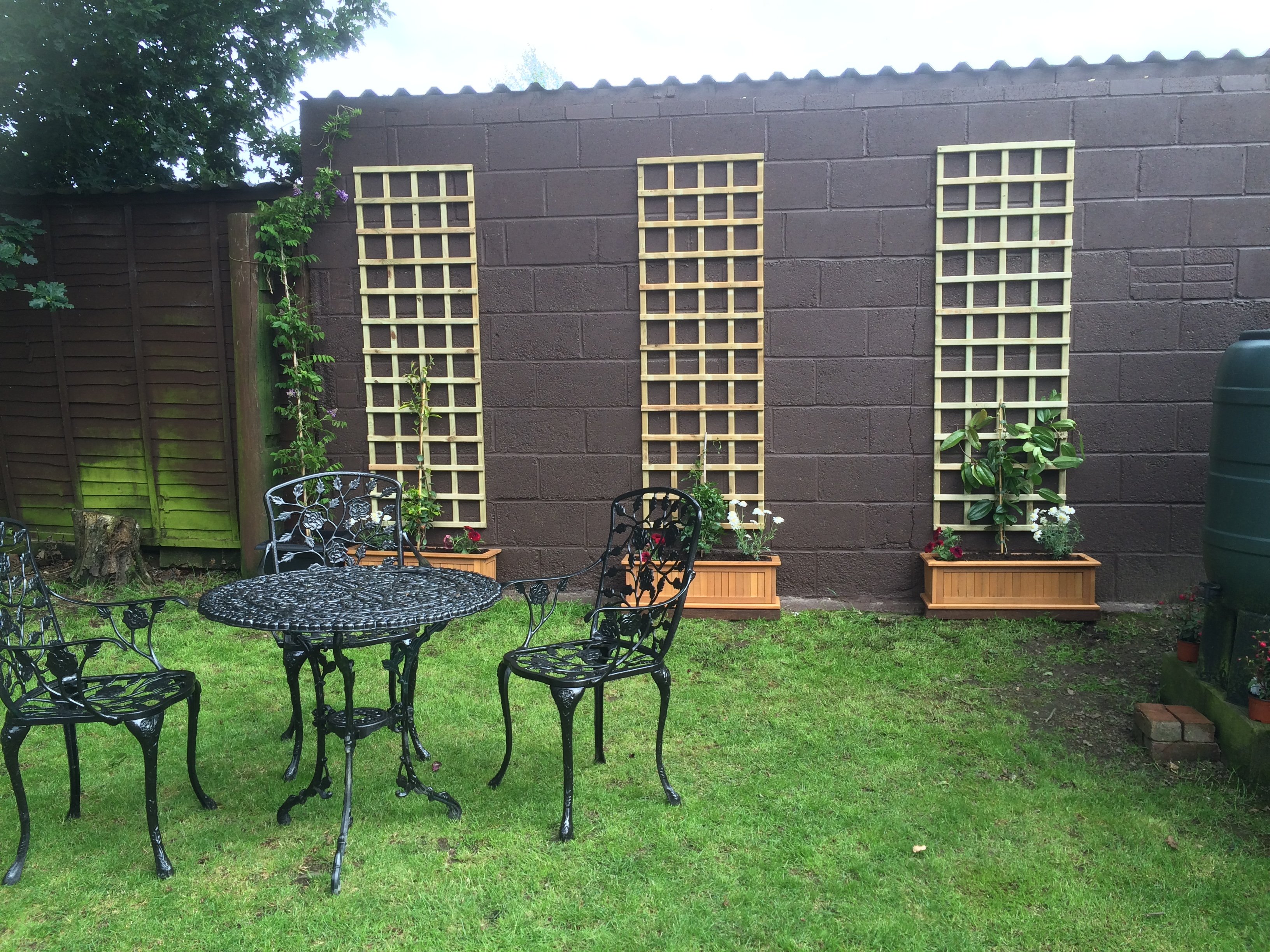California dreamin' Breeze Block House ArchitectureAU

Render breeze block garden walls. It's entirely possible to render breeze block garden walls. To achieve a good result, you'll need to wash the blocks first and apply a 5mm plaster undercoat, leave to dry, and then top it with a 10mm layer of multi-finish plaster. Undercoat options include: Hardwall; Browning; Sand and cement render
a room divider in the middle of a hallway with multiple holes and circles on it

Use a trowel to spread a layer of mortar on the foundation, starting from the corner so that the wall is even. Lay the first row of breeze blocks, laying mortar on the edges as well. Once the first row is laid, use a level to ensure that the breeze blocks are aligned. If not, then it's important to fix them before the cement and mortar dry.
50+ Breeze Block Wall Ideas 65 Breeze block wall, Cinder block walls, Concrete block walls

Breeze blocks, with their inherent texture and pattern, offer an intriguing surface for artistic endeavors. Whether adorning a backyard, enhancing a garden wall, or revamping an interior space, how to paint breeze blocks unlocks a world of possibilities. Imagine a garden wall transformed into an artful mosaic or an industrial space turned into.
undefined Modern landscaping, Decorative concrete blocks, Fence design

Painting breeze blocks can be broken down into three main steps, which include preparation, priming and, of course, the painting. If it's your first time painting breeze blocks, below is a step-by-step guide to achieving the best finish. 1. Preparation. Before painting breeze blocks, it's essential to prepare the surface properly.
white breezeblock Idée déco buanderie, Déco buanderie, Peindre mur

Painting Breeze Block?Painting your garage or workshop?Want to know how to paint a new build garage that has breeze block wall.. faster and easier?Watch this.
Retaining Walls Scenic Scapes Landscaping Garden retaining wall, Landscaping retaining walls

Step 1: Clean the Breeze Blocks. The first step in painting breeze blocks is to clean them thoroughly. Use a stiff-bristled brush and a mixture of warm water and mild detergent to scrub away any dirt, dust, or grime. Once you've cleaned the breeze blocks, rinse them with a hose or pressure washer and let them dry completely.
Little Things Bring Smiles .How To Paint Cinder Block. Peinture parpaing, Mur en parpaing

Breeze blocks will need two or three coats depending on the level of finish you want to achieve. We normally assess the finish after the second coat to see if we think a third coat of paint is necessary. Protect electrical boxes (sockets and switches) by spending 20 minutes taping them up. Don't rush this and make sure no paint will get through.
What is a Breeze Block Wall? The Craftsman Blog

Similar to the fence and gate DIYs, cinder blocks and their more open breeze block cousins can serve as the perfect wall or divider. Placed between pillars and painted white, like @jessiandkoombs has done, it can break out zones in your garden area. Use this project to separate grill and eating areas, tool storage spots, or seating areas.
What Does a Breeze Block Wall Cost in 2024? Checkatrade

6 Ways to Cover a Breeze Block Wall. 1 - Paint. 2 - Mural. 3 - Render/Stucco. 4 - Artificial Stone. 5 - Trellis. 6 - Espalier Fruit Tree. Conclusion. Garden Doctor Tips.
Found on Bing from Cinder block garden wall, Concrete backyard, Painting

In the rendering above, the breeze block wall is a small accent on the far left side of the home. Although it's subtle, it is far from an afterthought. In this design, the white, intricate appearance of the breeze block wall is an inviting juxtaposition to the dark, sleek iron porch columns and screen walls on the other side of the home.
35+ Extraordinary Breeze Block Ideas For Beautiful Home Style DECOOR Домашняя мода

Step 1: Prepare the surface. Start by cleaning the breeze block surface thoroughly to remove dirt, dust, and any other contaminants. If available, use a scrub brush or pressure washer to clean the blocks. Use a mild detergent and water for this purpose. Allow the surface to dry completely before proceeding.
Resene Gravel garden walls. Cinder block garden wall, Diy backyard landscaping, Concrete

Allow the wall to dry completely before proceeding. Once the wall is clean, cover the ground and any nearby objects with drop cloths or plastic sheeting to protect them from splashes. Use painter's tape to mask off any areas you don't want to paint, such as windows, doors, or trim. 3. Prime the Breeze Block Wall.
Painted black breezeway block privacy wall!!! Love it! Fence design, Breeze block wall, House

Breeze Block Bench. If you have a large garden, a breeze block bench wall is a perfect way to create seating while also dividing space. Build 2 short walls using breeze blocks and finish off the top with wood planks. You can also place some cushions on the bench for comfortable seating. Breeze blocks are an incredibly versatile building.
Rendering A Garden Wall & Brick Steps With Sand And Cement (Plastering For Beginners) YouTube

STUCCO WALL . To incorporate breeze blocks into a stucco wall, start by building a wall structure using 4-inch (10 cm) cinder blocks and masonry. Place the breeze blocks within the wall alongside the cinder blocks during construction. Once the wall is complete, cover the cinder blocks with masonry and paint them with exterior-grade masonry paint.
Brightening up breezeblock — BBC Gardeners' World Magazine

The ratio was roughly 2:1, 2 parts paint to one part water. There are a couple of reasons to do this when painting breeze block. To start with breeze block is a porous surface, so it will suck up a lot of paint, watering down our paint allows it to go much further, saving paint and therefore money. Once dry the paint will act as a sealer and.
Black painted breeze blocks Breeze blocks, Black paint, Home renovation

The work is a colourful wall drawing that stretches across the entire vault of the Reading Room. Wall drawing is a type of artwork created on the walls of a room, usually using specific colours and/or materials. This type of art was developed in the 1960s by artists such as Sol LeWitt and Richard Serra, who wanted to innovate traditional art forms.